Image of 1962 Aston Martin Db4, Note: These illustrations use artistic license and may differ from actual historical models.
Performance Metrics
Fundamental Metrics
Emotional Appeal
MMP Rating
| Engine Specifications | |
|---|---|
| Engine Options: | Inline 6 |
| Displacement Range: | 3.7L |
| Horsepower Range: | 240-266 hp |
| Torque: | 240 lb-ft |
| Compression Ratio: | 8.25:1 |
| Ignition System: | Twin-Spark with Dual Distributor |
| Cooling System: | Water-cooled |
| Performance Specifications | |
| 0-60 Time: | 9 seconds |
| 1/4 Mile Time: | 16 seconds |
| Top Speed: | 140 mph |
| Transmission and Drive | |
| Drive Type: | Rear Wheel Drive |
| Transmission Type: | 4-speed manual, optional overdrive |
| Fuel and Efficiency | |
| Fuel System Type: | Triple SU carburetors |
| MPG: | 15 mpg |
| Dimensions and Brakes | |
| Brakes: | Disc brakes |
| Wheelbase: | 98.3 inches |
| Weight: | 1,300 kg |
Note: Specifications for classic cars are given to the best of our ability, considering the limited and variant data available.
Introduction
The 1962 Aston Martin DB4 is a paragon of British automotive craftsmanship, a beacon of luxury and performance that has captivated enthusiasts for decades. Born from the prestigious Aston Martin Lagonda Ltd, the DB4's inception marked a pivotal moment in the company's history, introducing a series of grand tourers that would become emblematic of the brand's commitment to elegance and engineering prowess. Notably, the DB4 was the first production car capable of going from 0 to 100 mph and back to 0 within 30 seconds, a testament to its exceptional performance during its era.
Design and Innovation
The DB4's exterior styling is an exquisite blend of Italian flair and British sobriety, thanks to the masterful work of Carrozzeria Touring of Milan. The car's sleek lines and sculpted form exhibit the patented 'Superleggera' construction technique, with a lightweight tubular frame cloaked in a thin aluminum skin. Inside, the DB4 welcomed its occupants with sumptuous leather upholstery and fine wood accents, exuding a sense of bespoke luxury. Technologically advanced for its time, it featured then-innovative amenities such as roll-up windows and an oil cooler. Color options ranged from subdued hues to vibrant shades, with Silver Birch becoming particularly iconic due to its association with James Bond. The DB4 was offered in various body styles including coupé, convertible, and the rare GT variant; however, the coupé remains the quintessential symbol of this model's allure.
Historical Significance
The Aston Martin DB4 stood out for its perfect synthesis of British engineering and Italian design sensibilities. It set a new standard for grand tourers with its all-aluminum engine and unprecedented acceleration capabilities. The model's influence can be seen in successive generations of Aston Martins, with design cues and performance ethos that continue to shape the marque's identity.
Performance and Handling
Under the bonnet lay a 3.7-liter straight-six engine that propelled the DB4 to a top speed of around 140 mph—a remarkable feat at the time—with an acceleration from 0-60 mph in approximately 9 seconds. The driving experience was characterized by responsive handling and a firm yet comfortable ride, capable of gracefully navigating both tight corners and long stretches of open road. The symphony of its engine was matched only by the tactile feedback through its wooden steering wheel, making every journey an exhilarating engagement.
Ownership Experience
The DB4 was versatile enough to serve as a daily driver or as an elegant showpiece at concours events. Its mechanical components were robust but required meticulous maintenance to preserve reliability. While not as complex as some modern vehicles, repairs often necessitate expertise in vintage car restoration.
Fun Facts
This classic has graced the garages of celebrities like Peter Sellers and has been immortalized on screen in films such as "Goldfinger," albeit in its successor form—the DB5. While criticisms were few, some pointed out its hefty price tag at release and fuel consumption as drawbacks.
Collector's Information
Today, an Aston Martin DB4 can command prices well into seven figures depending on provenance, condition, and rarity—with only about 1,200 units produced during its five-year production run. Values have steadily appreciated over time as collectors vie for this quintessential piece of automotive history.
Conclusion
The 1962 Aston Martin DB4 is more than just a classic car; it is an enduring symbol of sophistication that transcends time. Its blend of style, speed, and spirit continues to capture hearts and imaginations around the world—ensuring its legacy as one of the most desirable collector vehicles ever made.
1962 Aston Martin Db4 Catalog of Parts
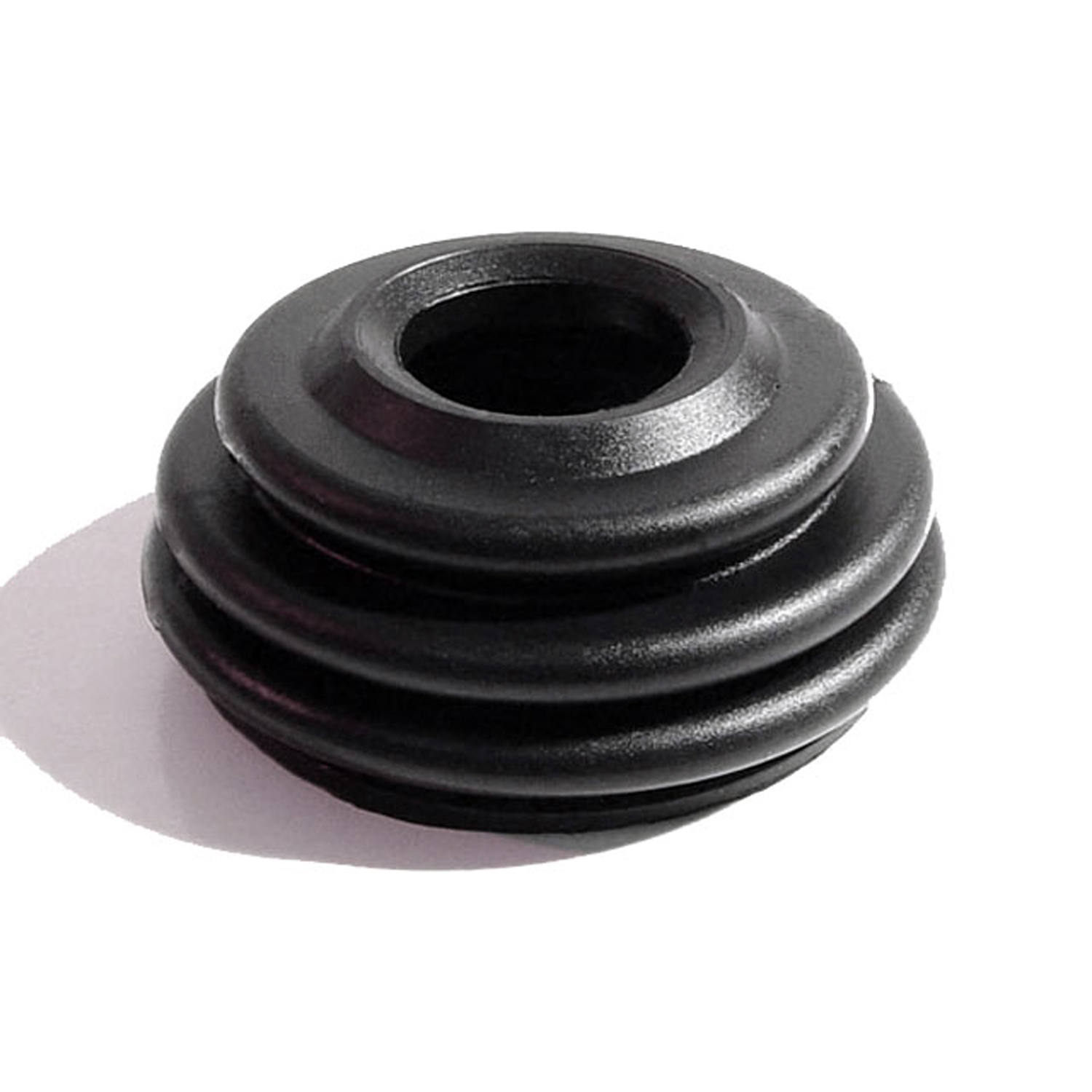 1962 Aston Martin DB4 Ball Joint Grease Cap. Made of neoprene. 2-3/8" O.D-BL 6Ball Joint Grease Cap. Made of neoprene. 2-3/8" O.D. at base, 7/8" I.D. hole at top. Each
1962 Aston Martin DB4 Ball Joint Grease Cap. Made of neoprene. 2-3/8" O.D-BL 6Ball Joint Grease Cap. Made of neoprene. 2-3/8" O.D. at base, 7/8" I.D. hole at top. Each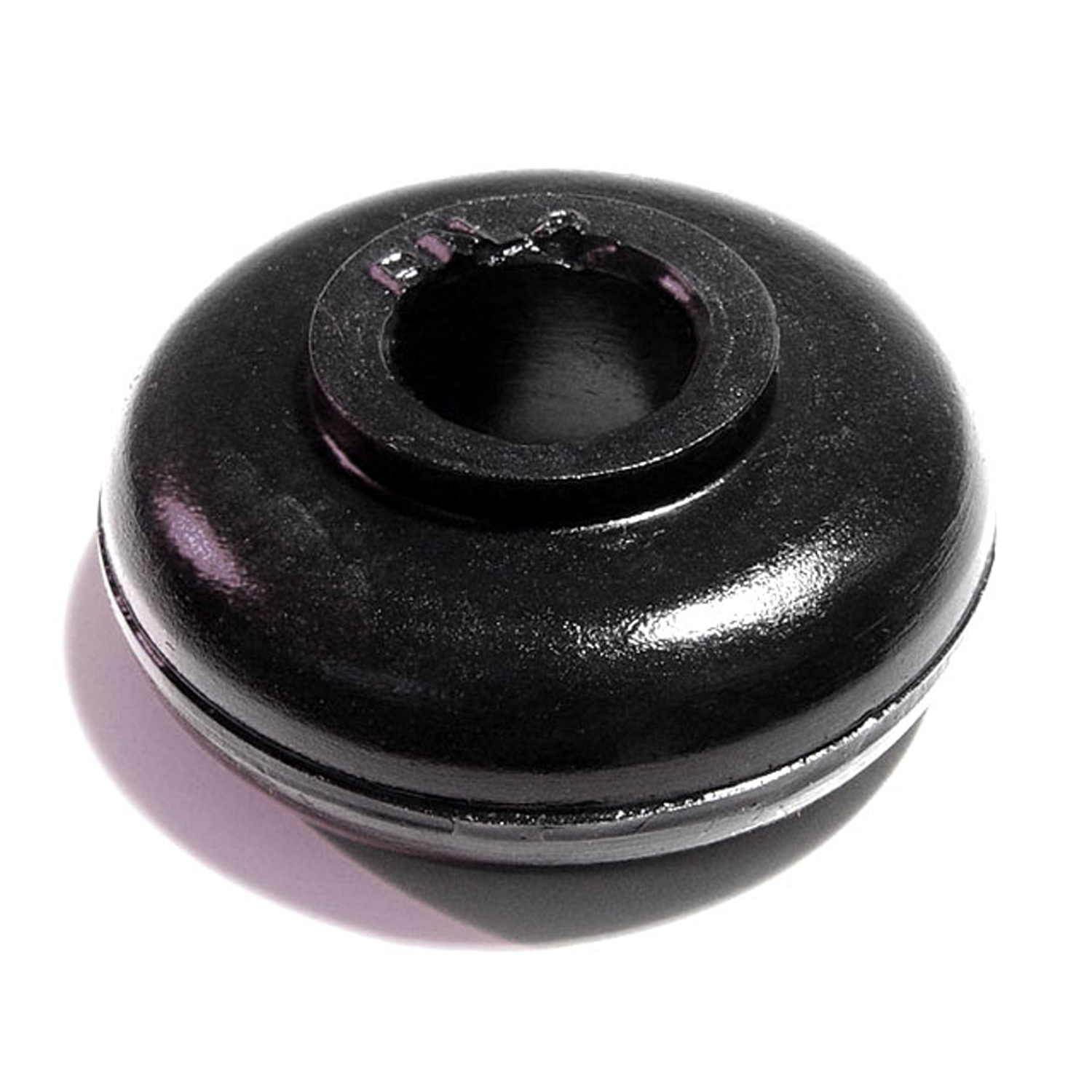 1962 Aston Martin DB4 Roll Bar Bushing. 1/2" high, with 1/2" hole. Each-BN 2Roll Bar Bushing. 1/2" high, with 1/2" hole. Each
1962 Aston Martin DB4 Roll Bar Bushing. 1/2" high, with 1/2" hole. Each-BN 2Roll Bar Bushing. 1/2" high, with 1/2" hole. Each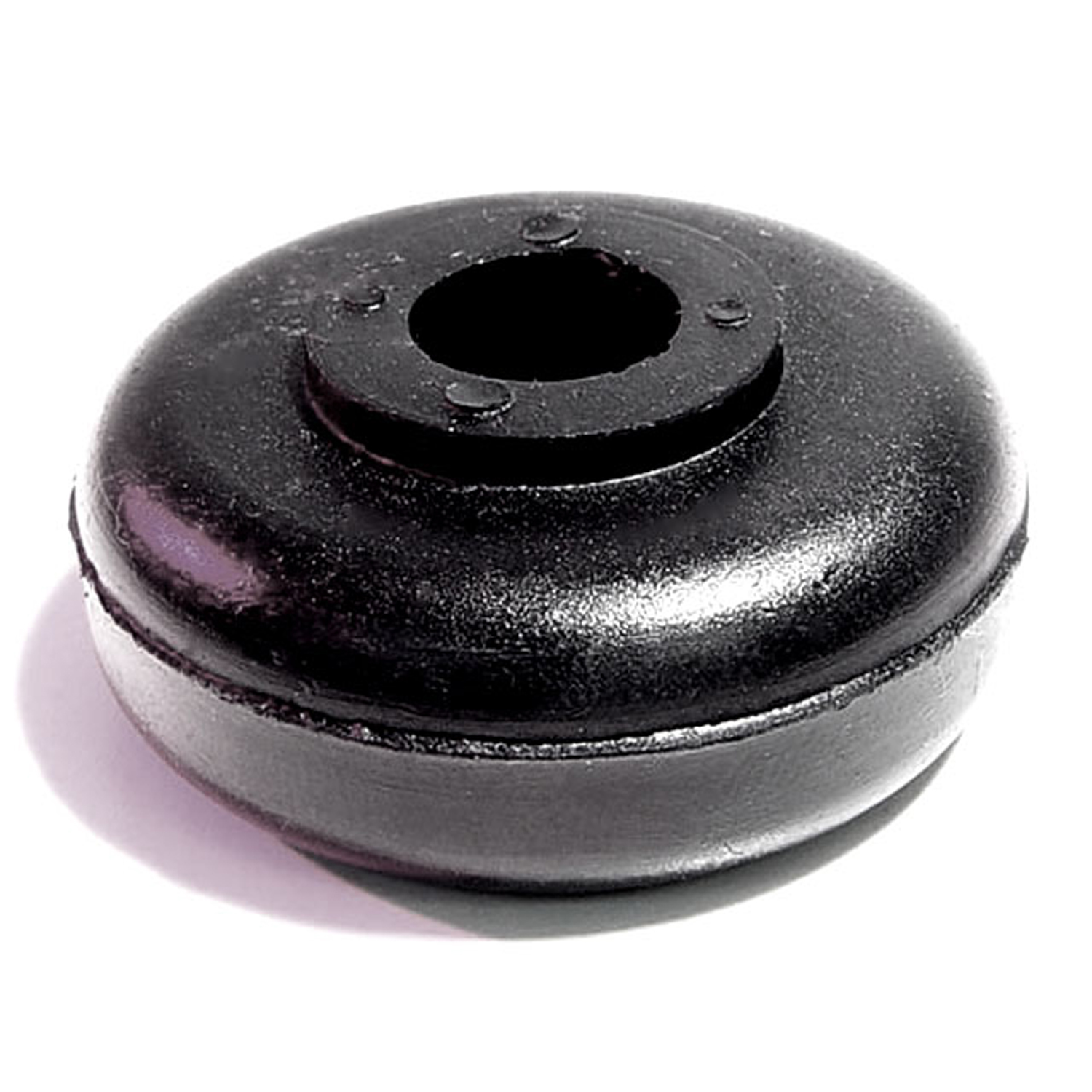 1962 Aston Martin DB4 Shock Grommet. 9/16" high, 3/8" hole. Each-BN 2-AShock Grommet. 9/16" high, 3/8" hole. Each
1962 Aston Martin DB4 Shock Grommet. 9/16" high, 3/8" hole. Each-BN 2-AShock Grommet. 9/16" high, 3/8" hole. Each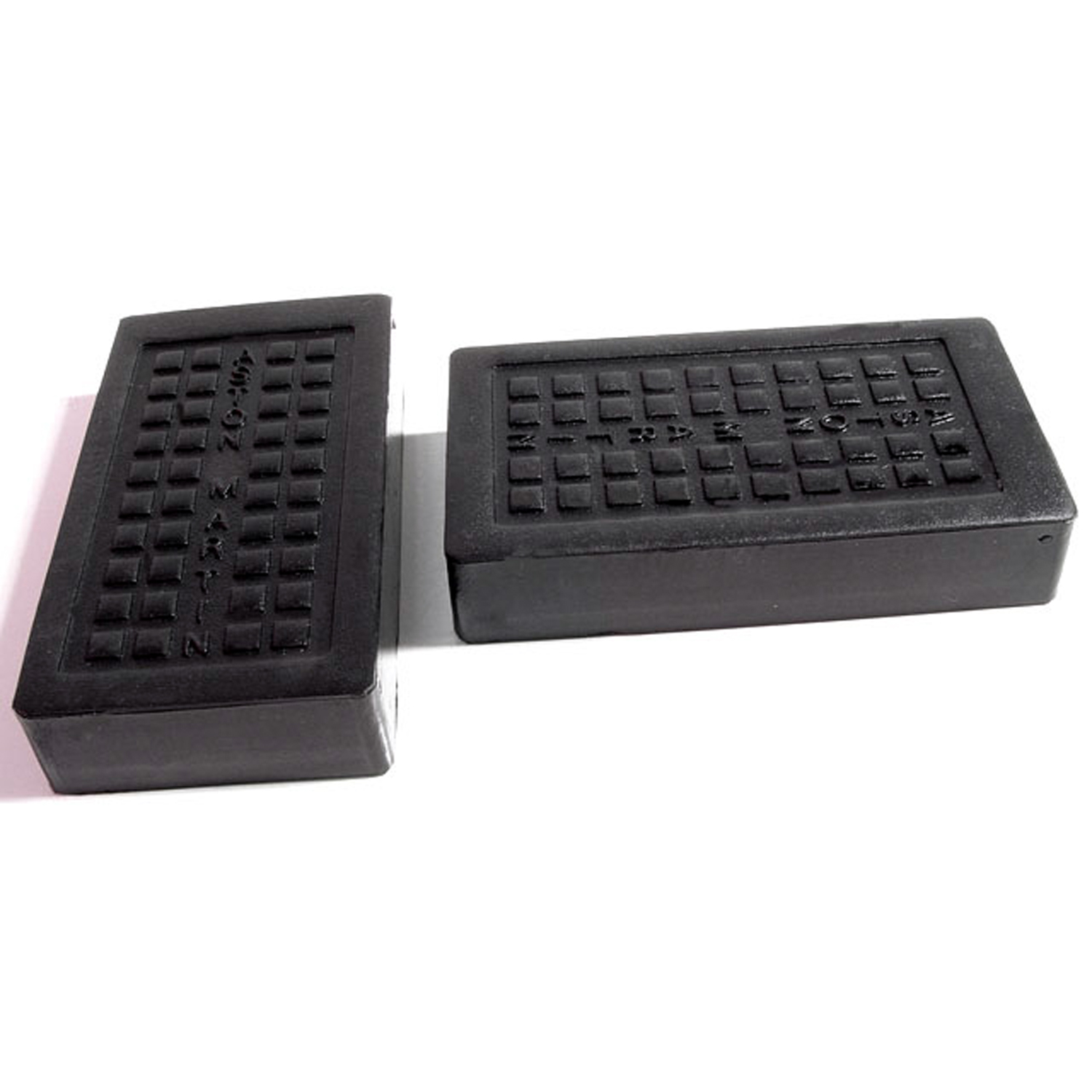 1962 Aston Martin DB4 Clutch and Brake Pedal Pads. Perfect reproduction-CB 175Clutch and Brake Pedal Pads. Perfect reproduction. 1-3/4" wide X 3-1/4" long. Pair
1962 Aston Martin DB4 Clutch and Brake Pedal Pads. Perfect reproduction-CB 175Clutch and Brake Pedal Pads. Perfect reproduction. 1-3/4" wide X 3-1/4" long. Pair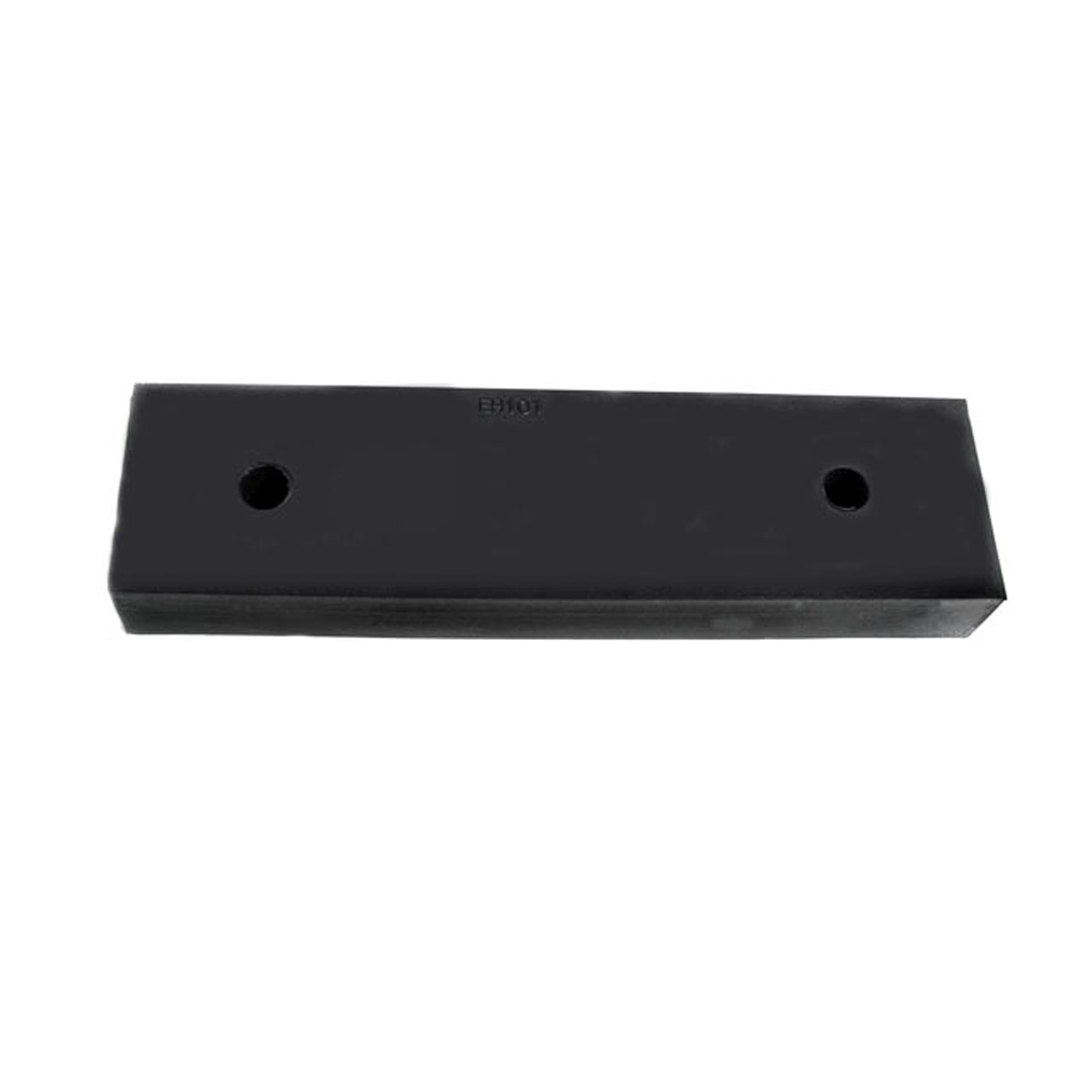 1962 Aston Martin DB4 Muffler Hanger Insulator-EH 101Muffler Hanger Insulator. 5-15/16" long X 1-9/16" wide X 3/4" high. Each
1962 Aston Martin DB4 Muffler Hanger Insulator-EH 101Muffler Hanger Insulator. 5-15/16" long X 1-9/16" wide X 3/4" high. Each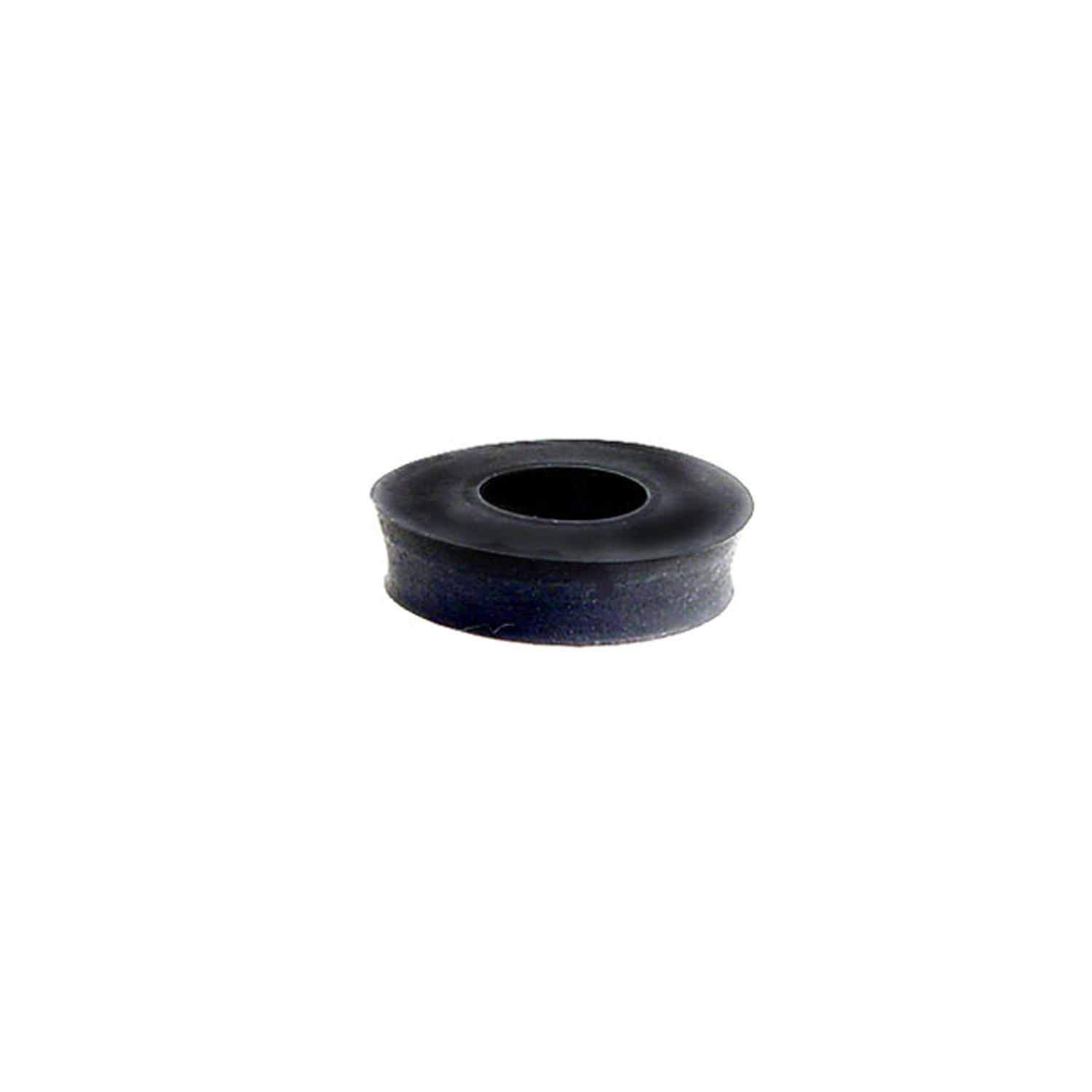 1962 Aston Martin DB4 Radiator Rod Cushion. 1/4" thick, 3/8" hole, 1" O.D-RA 1Radiator Rod Cushion. 1/4" thick, 3/8" hole, 1" O.D. Eight used per car. Each
1962 Aston Martin DB4 Radiator Rod Cushion. 1/4" thick, 3/8" hole, 1" O.D-RA 1Radiator Rod Cushion. 1/4" thick, 3/8" hole, 1" O.D. Eight used per car. Each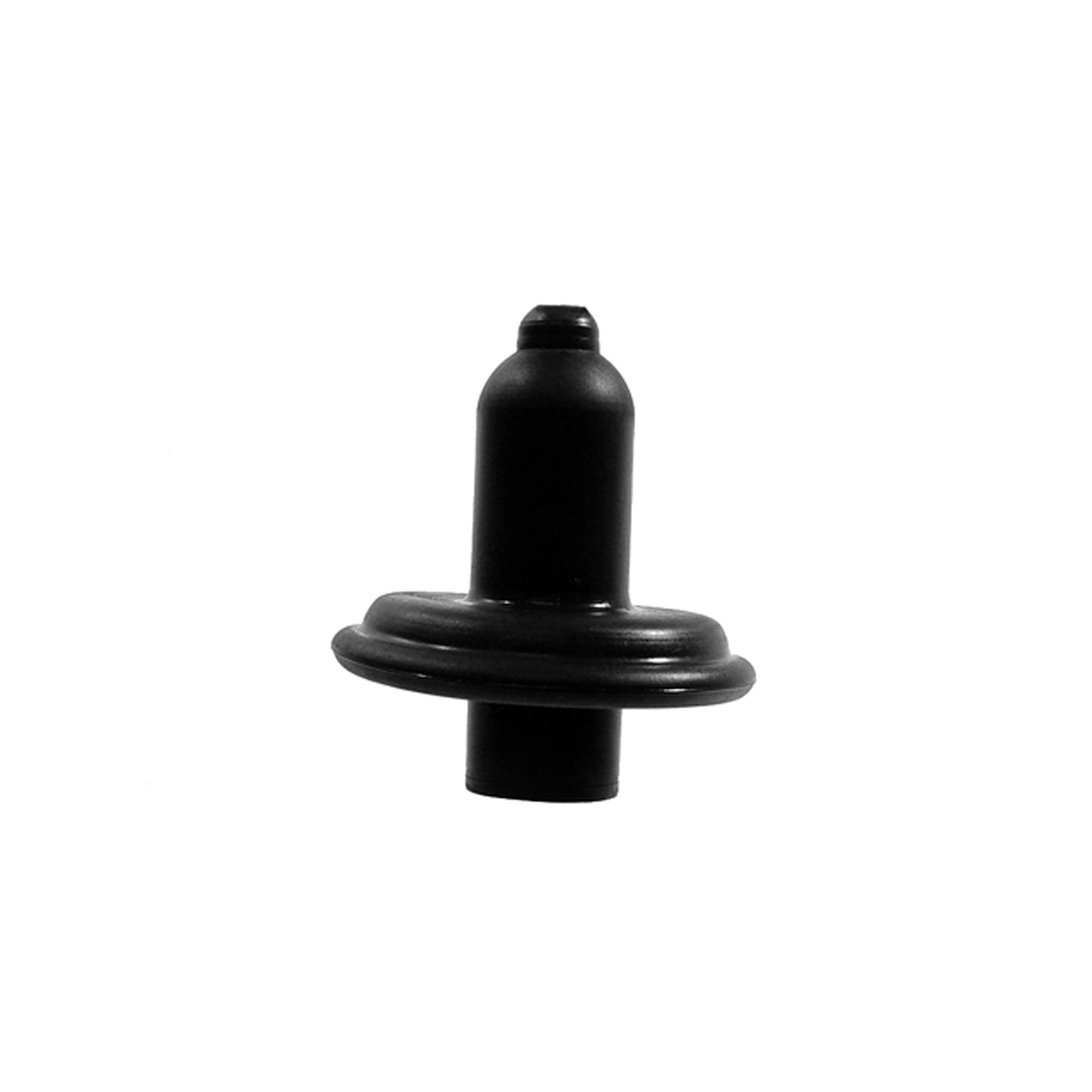 1962 Aston Martin DB4 Spark Plug Boot, for Coupes. Replaces OEM #20-07-135-RP 1-XSpark Plug Boot, for Coupes. Replaces OEM #20-07-135. Each
1962 Aston Martin DB4 Spark Plug Boot, for Coupes. Replaces OEM #20-07-135-RP 1-XSpark Plug Boot, for Coupes. Replaces OEM #20-07-135. Each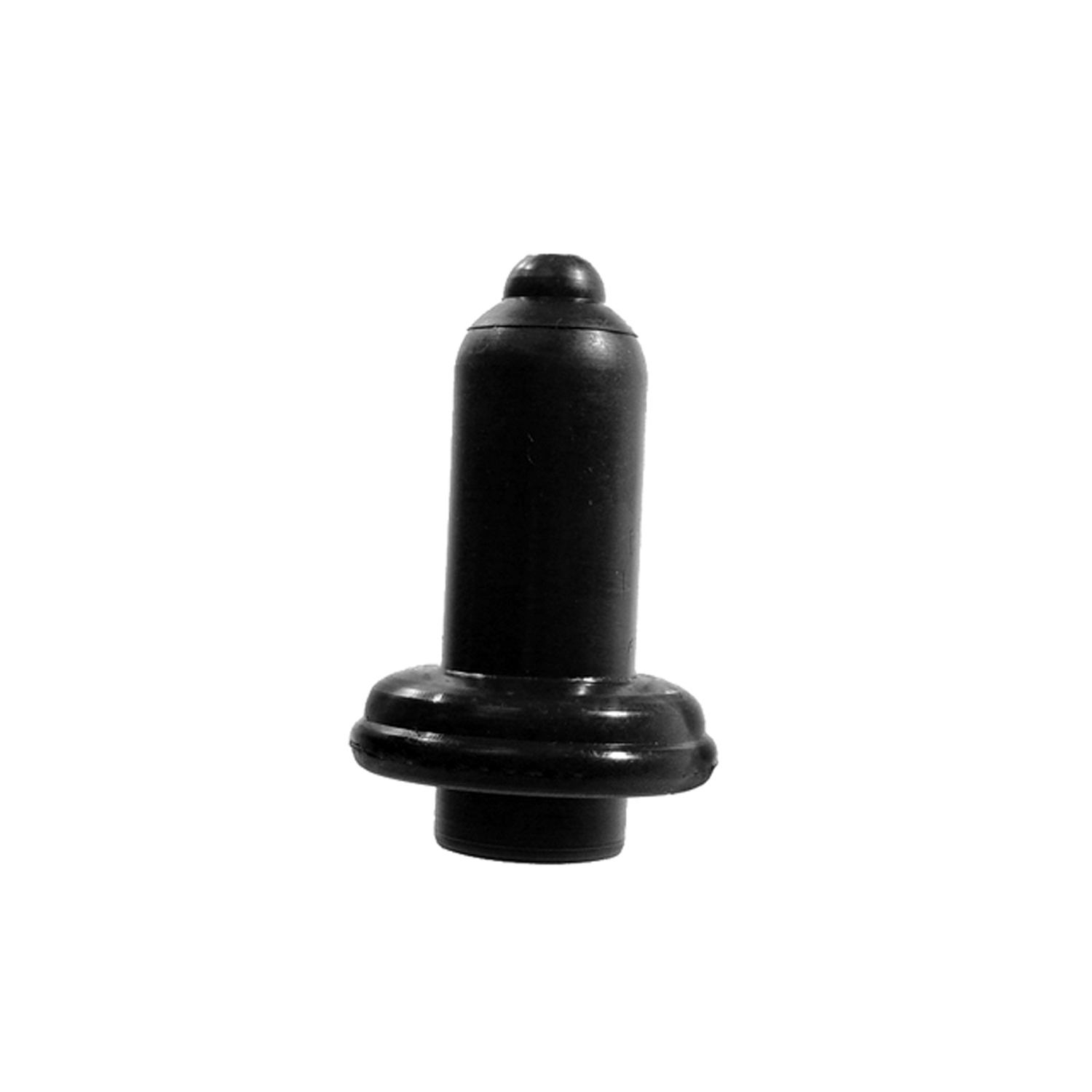 1962 Aston Martin DB4 Spark Plug Boot. Each-RP 1-ZSpark Plug Boot. Each
1962 Aston Martin DB4 Spark Plug Boot. Each-RP 1-ZSpark Plug Boot. Each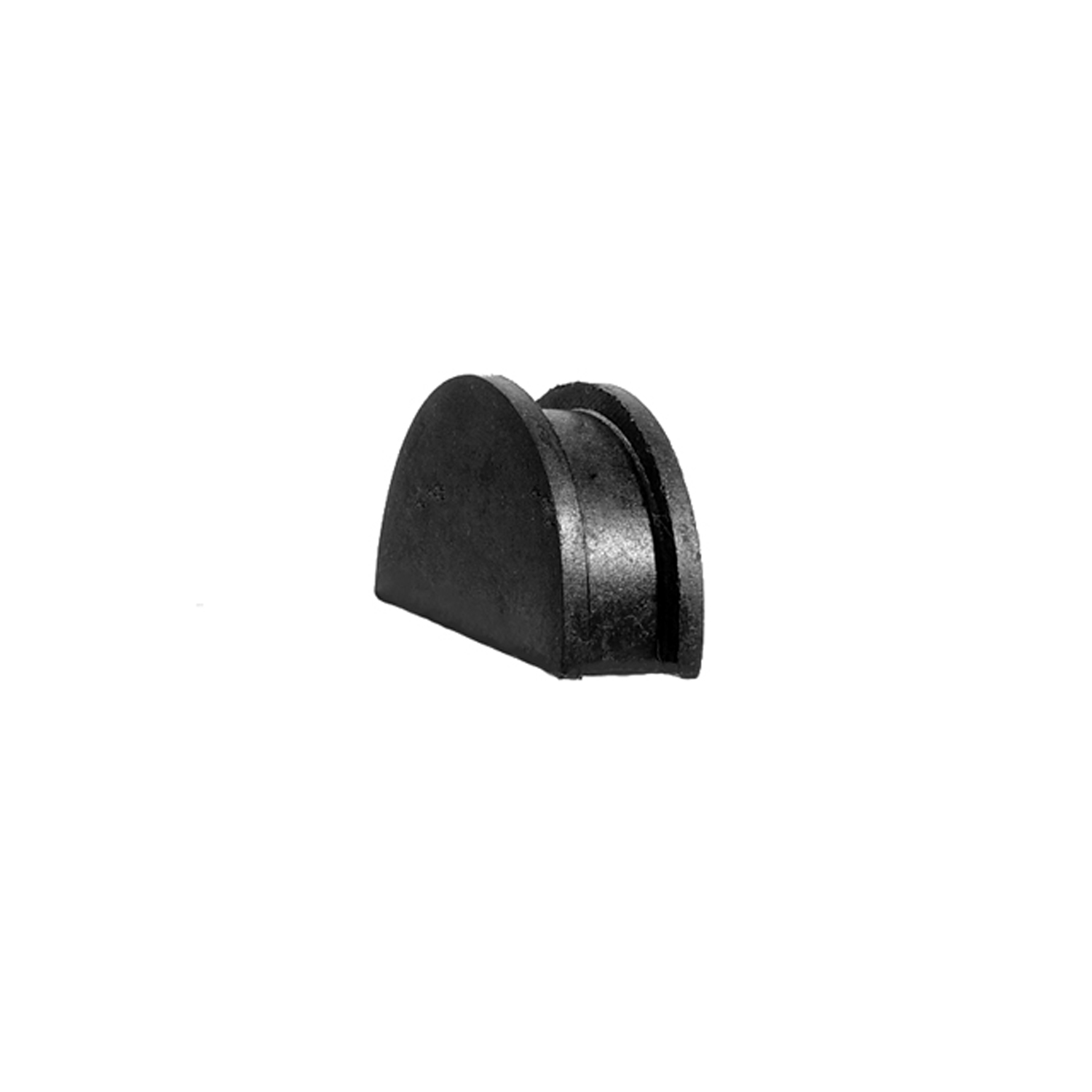 1962 Aston Martin DB4 Cam Cover Plug. For models with 6-cylinder engines-RP 8-CCam Cover Plug. For models with 6-cylinder engines. 1-3/8" long X 7/16" thick. Each
1962 Aston Martin DB4 Cam Cover Plug. For models with 6-cylinder engines-RP 8-CCam Cover Plug. For models with 6-cylinder engines. 1-3/8" long X 7/16" thick. Each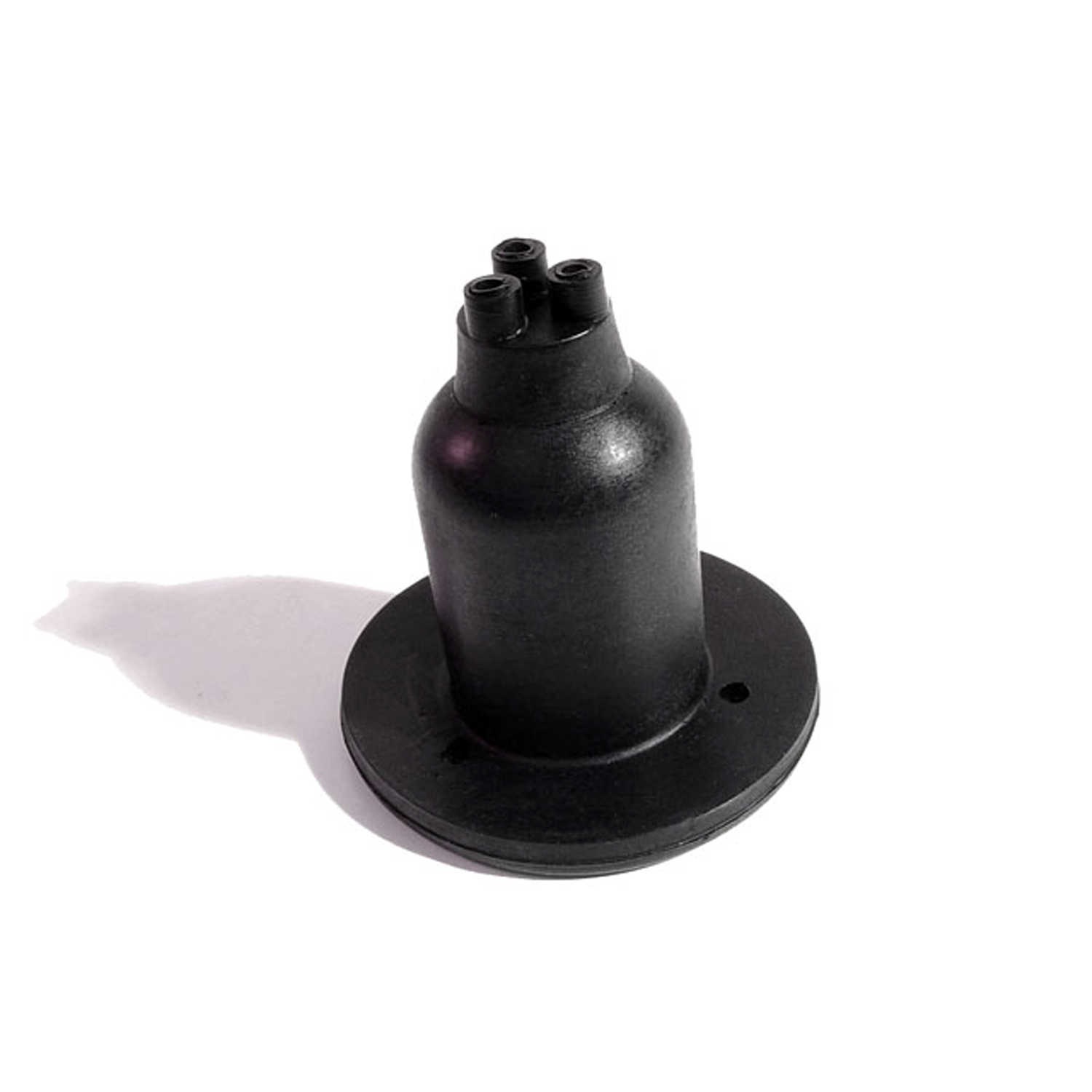 1962 Aston Martin DB4 Park Light Boot, with Beaded Pad. Order two per car-SM 65-GPark Light Boot, with Beaded Pad. Order two per car. Overall height is 2-5/8", I.D. of body is 1-1/8", I.D. of bead is 2-1/4". Each
1962 Aston Martin DB4 Park Light Boot, with Beaded Pad. Order two per car-SM 65-GPark Light Boot, with Beaded Pad. Order two per car. Overall height is 2-5/8", I.D. of body is 1-1/8", I.D. of bead is 2-1/4". EachWhy Choose Metro?
For over 100 years, Metro Moulded Parts has been the pinnacle of quality in classic car restoration parts. Our commitment to precision and authenticity in every component ensures a perfect fit and an OEM-level appearance.
- Expert Craftsmanship & Quality: Each part is a testament to our dedication to reliability and perfection, crafted from original designs and thoroughly tested.
- Advanced Technology: We use cutting-edge techniques to create flawless, long-lasting parts that surpass others in performance.
- SuperSoft Sponge – The Ultimate Door Seal: Not only are our door seals 30% softer than competitors', but they're also guaranteed to never leak. They effectively reduce wind and road noise, enhancing your classic car's comfort and driving experience.
- Proudly American: Our parts are a product of American craftsmanship, made in the USA with a spirit of excellence and heritage.
- Unrivaled Warranty: We back our products with a 30-year industry-leading warranty, a testament to our confidence in their quality.
Join us in preserving the legacy of classic cars with parts that are crafted for perfection, not just made.

